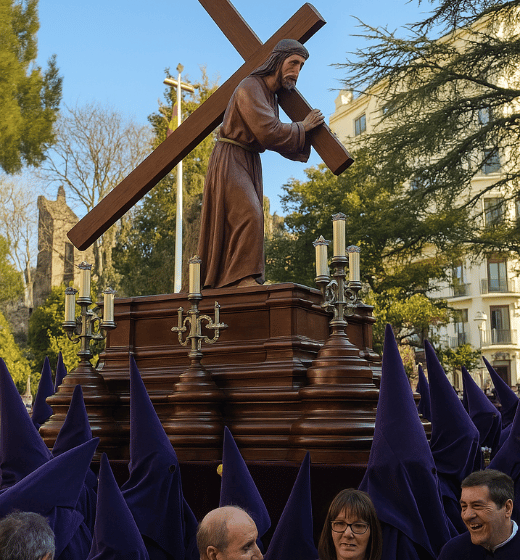

Imagine walking through ancient Spanish streets lined with flickering candles, hearing slow drumbeats that echo in your chest. That’s Semana Santa – a week when faith, art, and emotion come alive.
In this guide, I’ll show you how this powerful tradition blends history, culture, and deep spirituality.
Whether you’re planning your first trip or just curious, I’ll help you understand what makes Semana Santa one of Spain’s most unforgettable experiences.
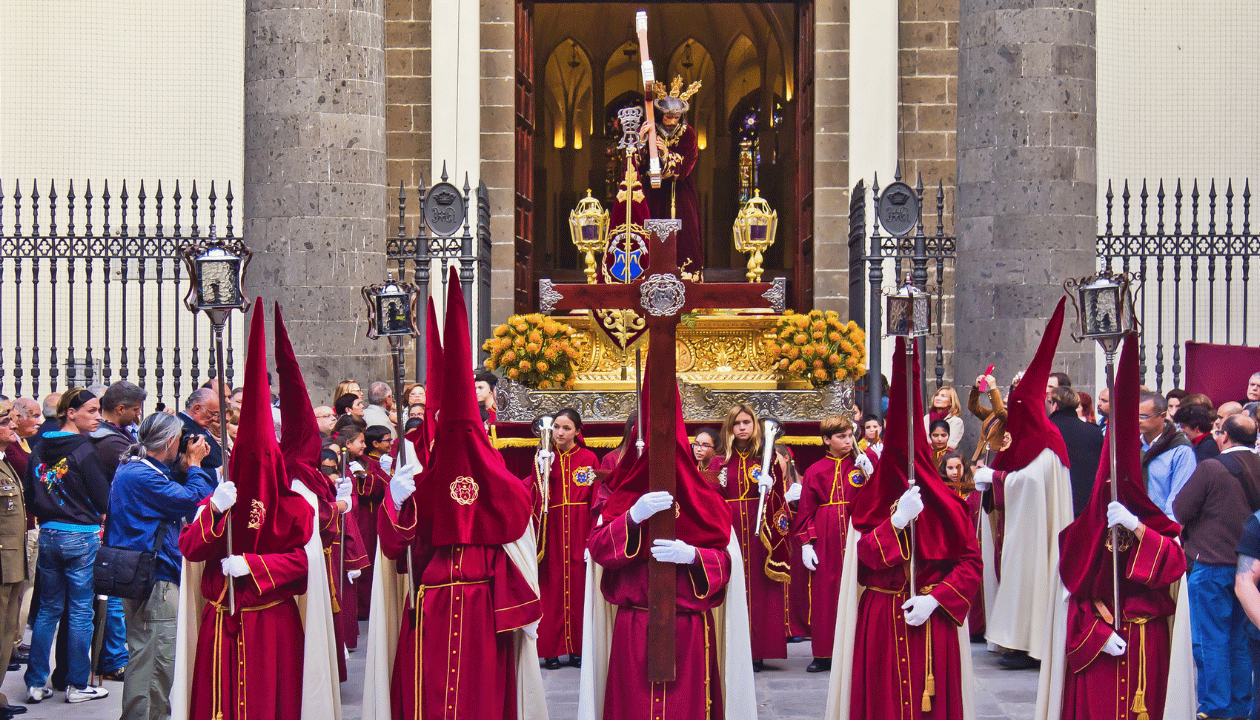
What Makes Semana Santa So Special?
It’s not just about religion — it’s about feeling something. When you stand among the crowds and watch the pasos pass by, you feel the weight of history, the pride of tradition, and the shared silence of thousands.
I’ve seen how this week brings communities together and moves even the most casual observer. And trust me, once you witness it, you’ll never forget it.
Where It All Began
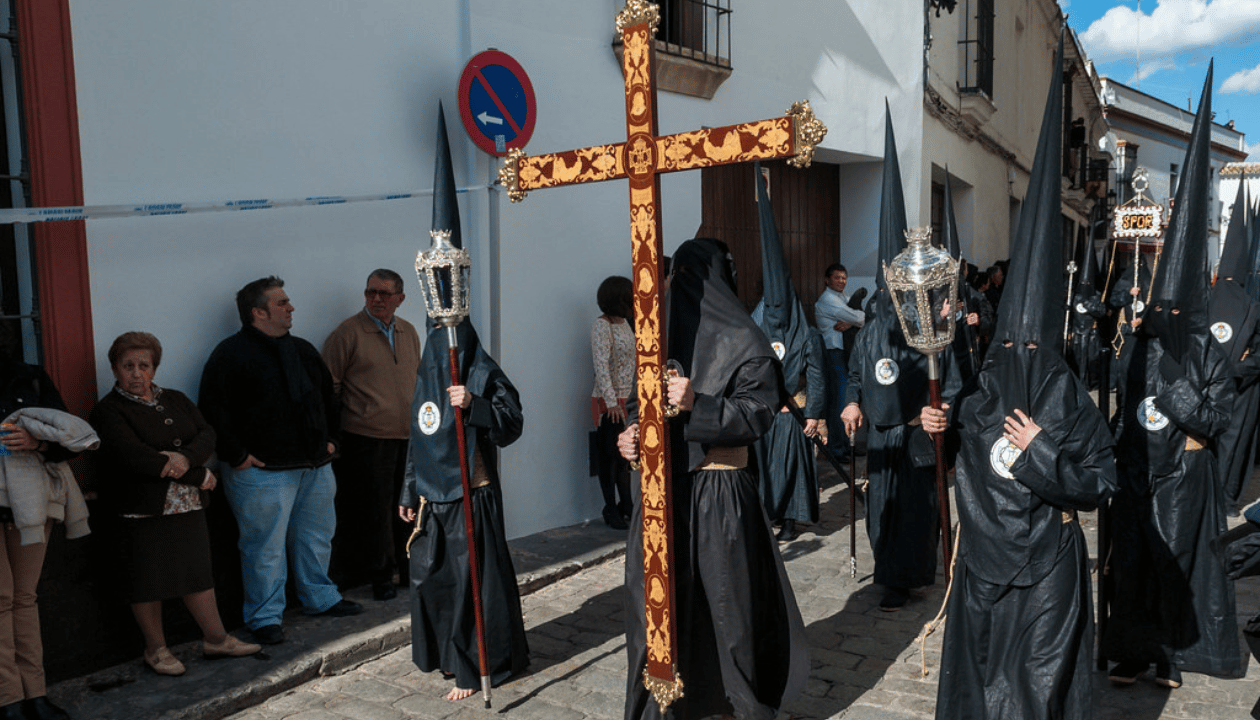
How Semana Santa came to life in the 16th century
Did you know Semana Santa wasn’t always such a public celebration? It was during the 1500s that everything changed. The Church wanted people to truly understand the events of the Passion, even if they couldn’t read.
So they brought the story to the streets. That’s when the Semana Santa processions were born — a dramatic and moving way to teach through sight and sound.
Why the Catholic Church brought it to the streets
Back then, most people didn’t have access to books or education. But they could feel the emotion of a slow march, a mournful song, or a carved figure of Jesus Christ carried through the night. These processions were meant to stir hearts and share the message of faith without needing words.
Zamora and its claim to the oldest celebration
If you ever find yourself in Zamora during Semana Santa, you’ll notice something different. The silence, the shadows, the slow movements — it’s haunting. Zamora’s Easter processions are said to be the oldest in Spain, going back to the 12th century. They’ve held onto their medieval style, and it shows.
How medieval practices still live on today
What amazes me most is how much of the old tradition has survived. From the wooden statues to the music and clothing, many of today’s rituals mirror what was done centuries ago. It’s living history. Even now, Palm Sunday commemorates the beginning of a journey that shaped the world.
What Happens During Holy Week
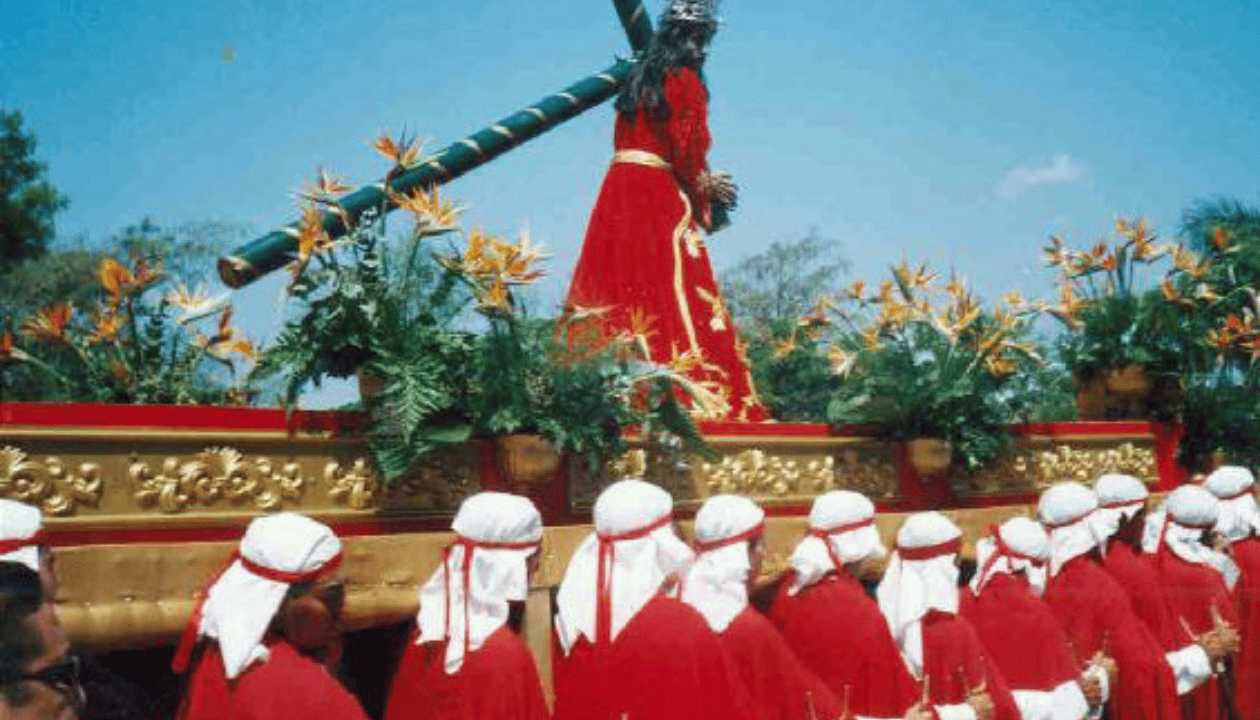
From Palm Sunday to Easter
The week starts with Palm Sunday commemorates Jesus’s entry into Jerusalem. People carry palm branches, and the air feels full of anticipation. Each day after that tells a part of the story, building up to Easter morning, when the joy returns. It’s not just a timeline — it’s a powerful journey you’ll feel day by day.
What Each Day Means
On Holy Thursday, the focus is on the Last Supper. The next day, Good Friday, marks Christ’s death — one of the most emotional nights of the week. By the time Easter Sunday arrives, it’s all about hope and Christ’s resurrection. The shift in mood is something you’ll never forget.
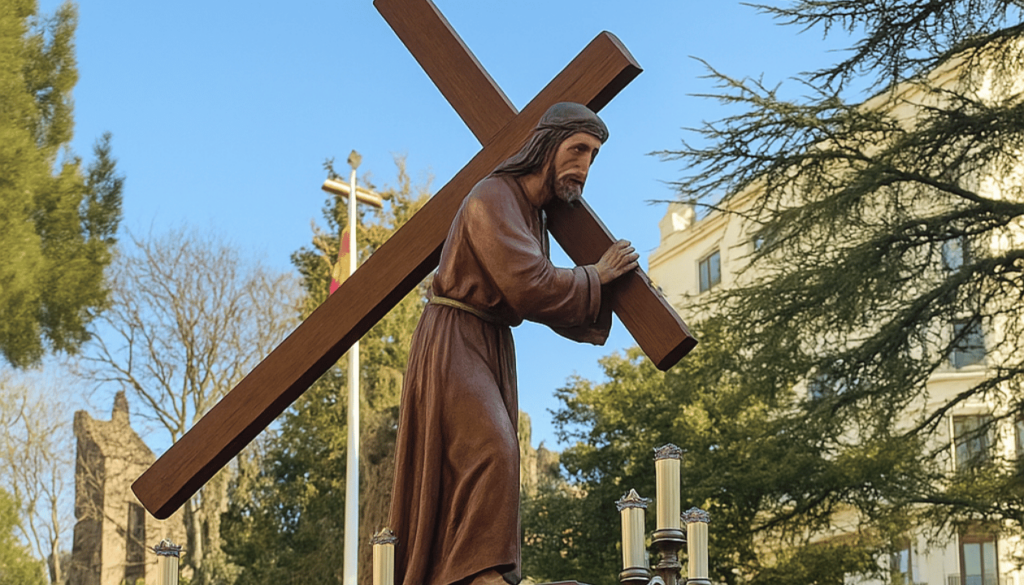
What You’ll See in the Streets
As you move through town, you’ll see huge heavy floats carried by teams of costaleros. Some processions are silent, others filled with music. The nazarenos, wearing robes and pointed hats, walk slowly in reflection. They often carry candles, creating a glow that makes everything feel even more intense.
The Brotherhoods Behind It All
These events don’t just happen — they’re prepared for all year long. Each religious procession is organized by a brotherhood made up of locals, many of whom have taken part since childhood. Their dedication runs deep, and you’ll feel that in every step of the Semana Santa traditions.
How Cities Celebrate It Differently
Let’s travel across Spain and see how each place brings something unique to Semana Santa. If you’re learning Spanish, you’ll be happy to know you can join our Spanish Homestay Immersion Programme (SHIP) in each of these cities. You won’t stay with just any family — you’ll live with your host teacher, learn from them daily, and experience the culture from the inside out.
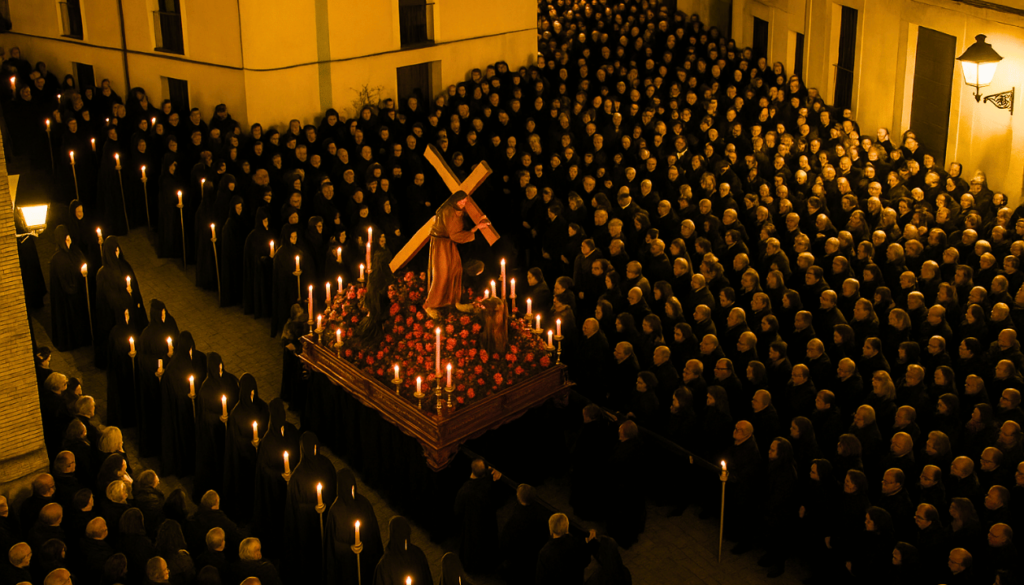
1. Sevilla
If there’s one place that lives and breathes Semana Santa, it’s Seville. Here, the final week before Easter takes over the city. Thousands gather to watch the floats of Virgin Mary and Christ, often so emotional the crowds fall silent. The atmosphere is intense, but also deeply moving. SHIP students here get a front-row view of one of Spain’s most glamorous celebrations.

2. Burgos
Burgos offers something quieter, more reflective. It blends deep Catholic tradition with stunning medieval streets that set the perfect stage for processions. The Passion of Christ plays out in silence, lit only by candles and guided by the rhythm of drums. While smaller than Seville, it holds special importance in the hearts of locals — and of SHIP students who experience it first-hand.

3. Madrid
You’d expect something grand in the capital, and Madrid delivers. Its processions pass through historic avenues and iconic plazas. You’ll see tributes to Mother Mary, ancient statues, and crowds gathering along every corner. SHIP students staying with host teachers in Madrid enjoy both cultural depth and access to other parts of Spanish culture across the city.

4. Murcia
Murcia adds a playful twist to tradition. Here, participants toss sweets to children — a rare sight during Semana Santa Holy Week. The baroque-style floats are some of the most detailed in the country. And yes, it’s as fun as it sounds. With SHIP, you’ll not only see it up close, but also pick up local language quirks as you live and learn with your teacher.

5. Barcelona
Barcelona may not follow southern styles, but it has its own vibrant mix. The processions reflect the city’s multicultural spirit, with influences from Latin American countries and different religious backgrounds. You’ll feel how Semana Santa blends with modern life here. SHIP in Barcelona offers you a taste of tradition with a global twist — all while you improve your Spanish every day.

Traditions That Bring It to Life
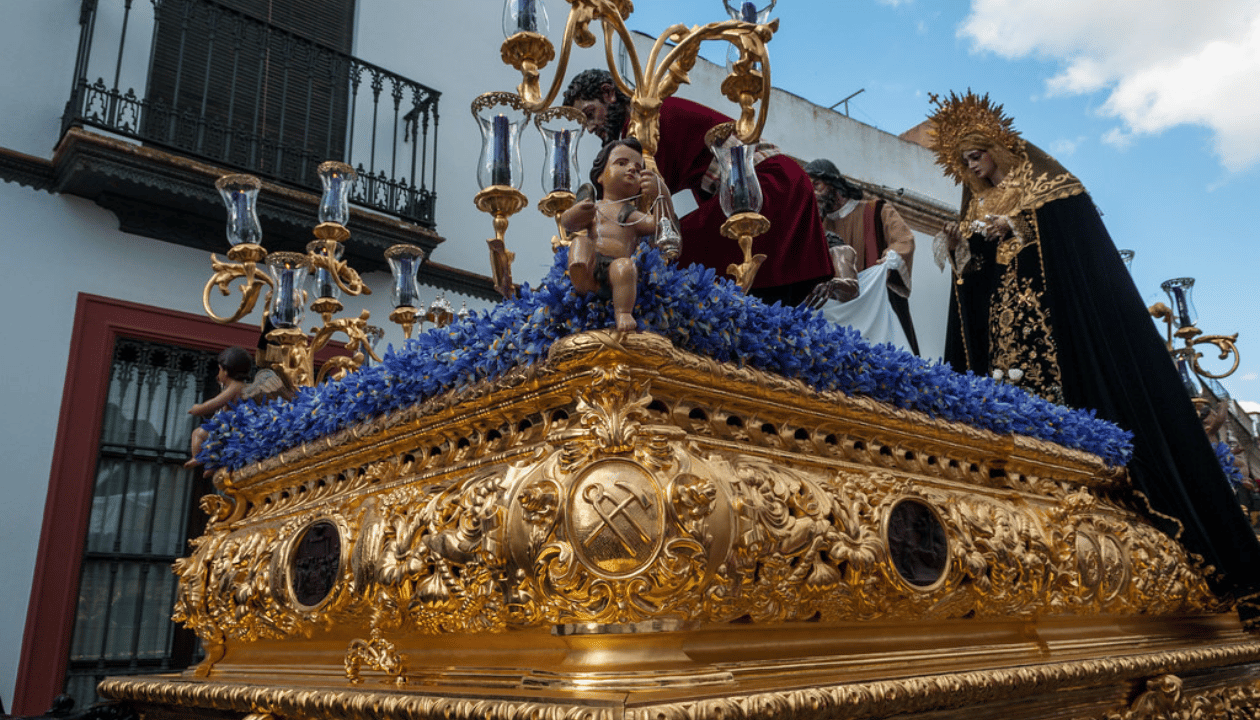
Why the pointed hoods matter
At first glance, the pointed hoods can feel a little strange. But once you know the story, it all makes sense. They’re worn as a sign of self denial, showing that the focus isn’t on the person, but the meaning behind the walk. It’s about reflection, not recognition — and it’s powerful to witness in person.
Who carries the floats
The floats aren’t light. Some weigh over a ton and are carried on the shoulders of local men and women. These costaleros often train for months. You’ll see them move as one, step by step, through narrow streets. In most cities, this act is seen as both a sacrifice and a deep honour — something passed down through generations.
The music that gives you chills
If you’ve ever stood on a street during a procession and heard a single trumpet cut through silence, you’ll know what I mean. Music during Semana Santa isn’t just background — it’s emotion. From solemn drums to haunting melodies, it captures the pain and beauty of the week leading to Easter.
How Semana Santa reflects Spanish identity
Semana Santa isn’t just a religious event — it’s part of Spanish culture. Every city, every brotherhood, and every participant brings their heart into it. It connects the past with the present and reminds the Spanish people of shared history, values, and devotion. That’s what makes it more than just a festival.
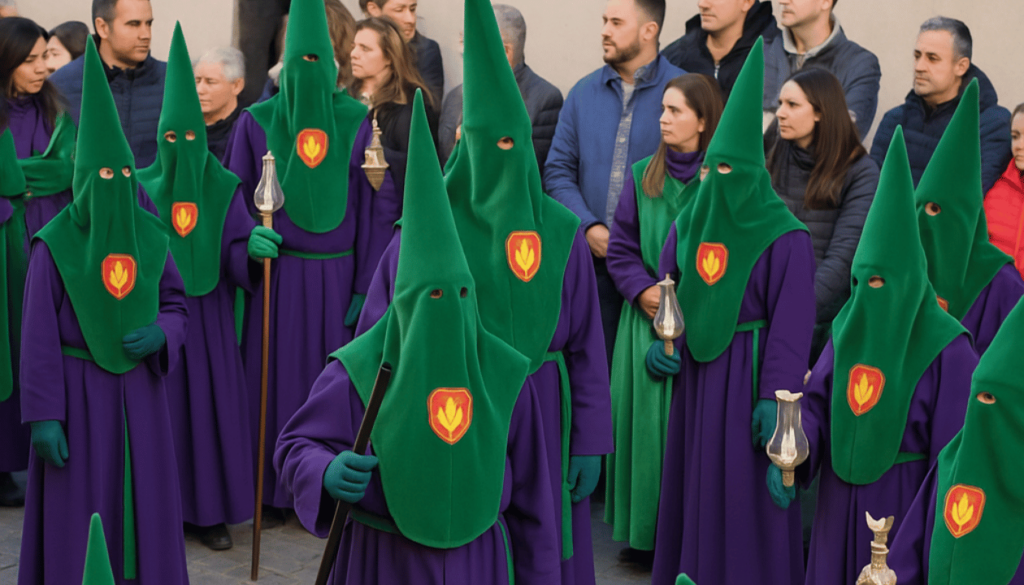
Flavours of Semana Santa
Why it’s meat-free
During Easter week, many people in Spain avoid meat as part of long-standing tradition. It’s a time for reflection and simplicity, especially on Holy Friday. That’s why fish and vegetable-based dishes take center stage. The focus is on flavour, not excess — and trust me, you won’t miss the meat.
Torrijas, bacalao, and potaje
These are the stars of the table. Torrijas are slices of soaked bread, similar to French toast, often topped with honey or sugar. Bacalao, or salted cod, is cooked in endless ways — always comforting. And potaje, a rich chickpea stew, is pure soul food. In many towns, you’ll see these dishes sold right in the streets during the last week of Lent.
Where to try these dishes
You’ll find different versions depending on where you are. In the Canary Islands, locals love their sweet, cinnamon-heavy torrijas. In Jerez de la Frontera, bacalao is often served with roasted peppers. And if you’re heading to Santiago de Compostela, expect potaje with extra garlic and spinach. These bites tell stories — of tradition, family, and faith.
Smart Tips for Visitors
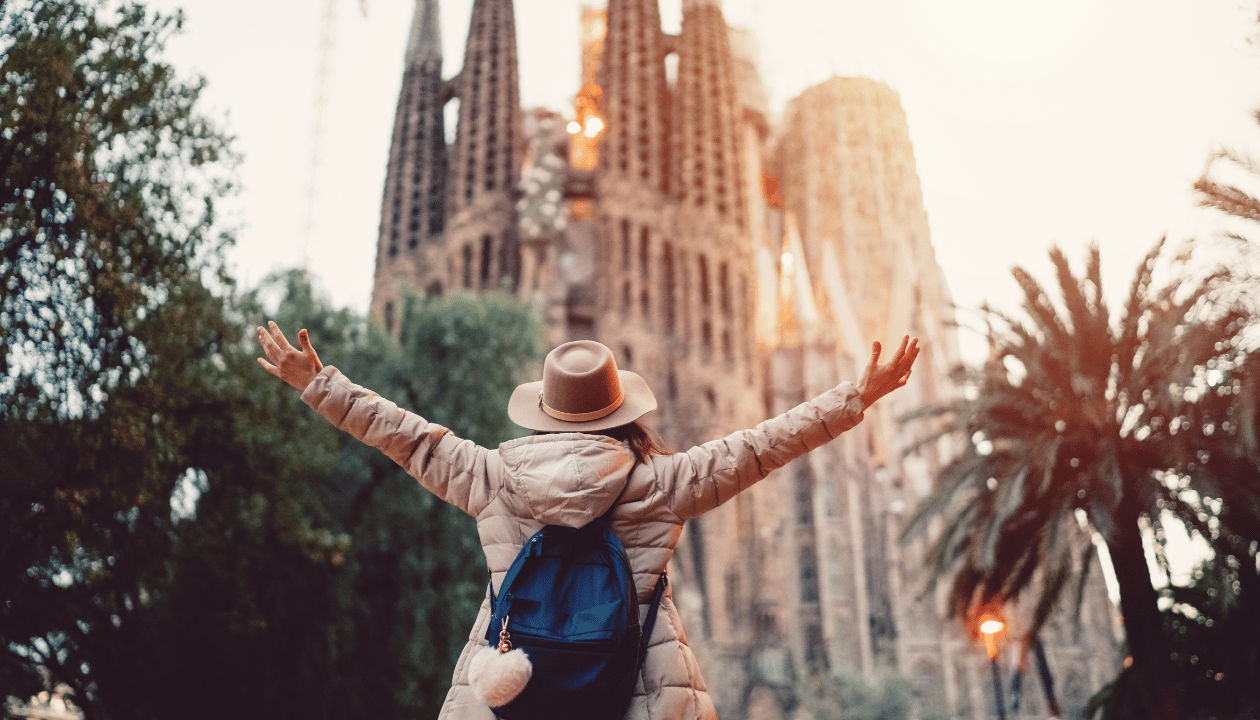
What to pack and expect
You’ll do a lot of walking, so comfy shoes are a must. Layers help too — evenings can get chilly. During celebrations in Spain, streets can get crowded and blocked, so plan for slow movement and sudden detours. Trust me, it’s all part of the experience.
Where to stay and when to book
Hotels fill up fast, especially by the first Sunday of Semana Santa. Book months ahead if you want a central spot. Some people even stay just outside the city and take short walks or buses in — it saves both money and stress.
How to behave at processions
It’s not just a show — it’s a moment of reflection. In certain parts of the processions, people fall silent out of respect. Avoid loud conversations, phones, and selfies when the floats pass. Just being present and observing quietly means a lot to locals.
Things first-timers miss
A lot happens after dark, and it’s easy to think the day’s over — but some of the most moving events start late. Also, check routes in advance. In places like Jerez de la Frontera, processions loop in ways that can surprise you. Bring snacks and water — food stalls don’t always stay open.
Key terms to know
- Pasos: the floats
- Nazarenos: hooded participants
- Costaleros: float carriers
- Saeta: a flamenco-style song sung during processions
- Viernes Santo: literal translation is Good Friday — one of the most sacred days
Few Things to Keep in Mind

Higher prices during the week
During Easter celebrations, everything from hotels to food tends to cost more. It’s one of the busiest times of year in many towns, so booking early helps. If you’re budgeting, plan your meals ahead or eat in less touristy areas.
Navigating blocked streets
Processions can change the flow of a city. Roads close, walking paths shift, and it’s easy to get turned around. In places like Santiago de Compostela, some streets follow ancient layouts, making detours tricky. A good offline map can save the day.
Plan ahead in crowded cities
Seville and Málaga offer some of the most glamorous celebrations, but they also get packed fast. If you’re not a fan of big crowds, get there early, or watch from quieter areas. The energy is amazing — but space is limited.
Some events are loud, some silent
Not all processions feel the same. Some have bands and flamenco singers, others are deeply quiet. At a certain point, the entire crowd may stop speaking — and that silence says more than words ever could. It’s all part of the contrast that makes Semana Santa so moving.
Want to Experience Semana Santa Differently?
If you’d love to explore Spain and learn Spanish while living the culture, our Spanish Homestay Immersion Programme (SHIP) is made for you.

You’ll stay with a host teacher (not a host family), enjoy personalised lessons, and fully experience Spanish traditions — maybe even watching Semana Santa processions from your doorstep.
It’s the kind of trip that doesn’t just teach you Spanish — it changes how you connect with the world.
👉 Join us today and take your Spanish to the next level.
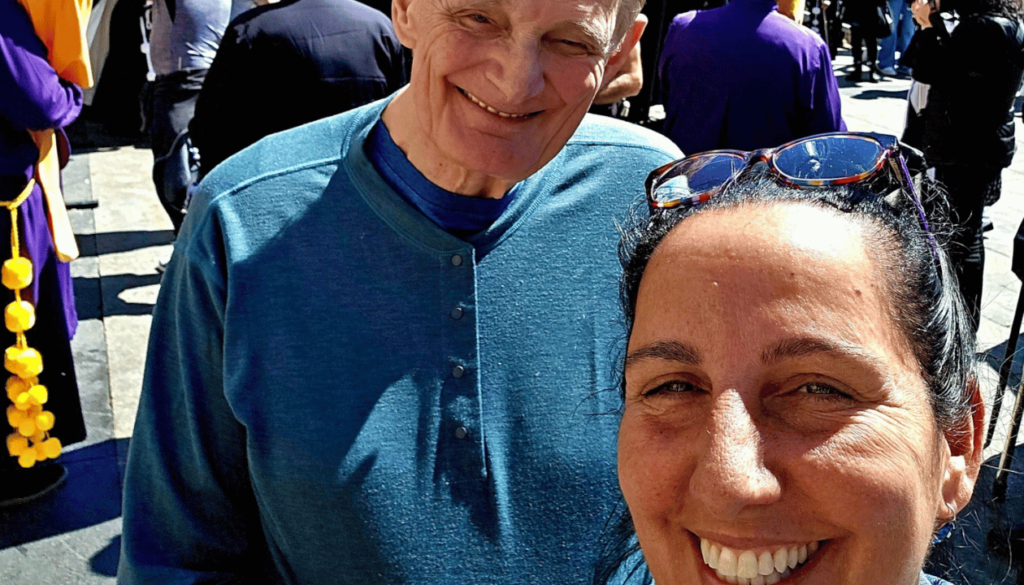
Final Thoughts
Semana Santa isn’t just a religious celebration — it’s a deeply human one. It’s about connection, reflection, and shared experience.
Whether you’re in the middle of a candlelit crowd in Seville or watching a silent procession in Burgos, something stirs inside you.
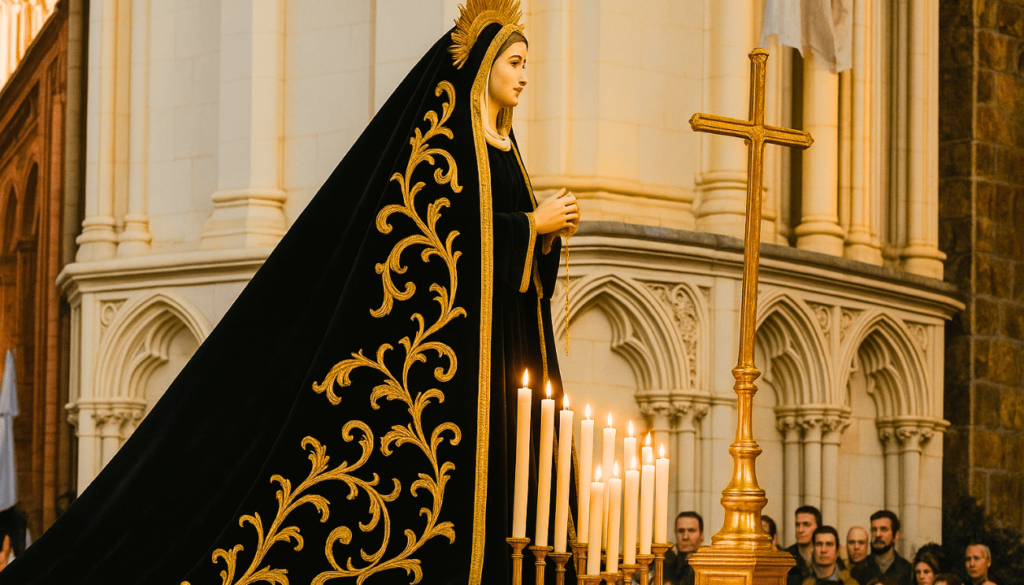
I hope this guide brought you closer to the heart of it all — and maybe even gave you a reason to see it in person someday.

